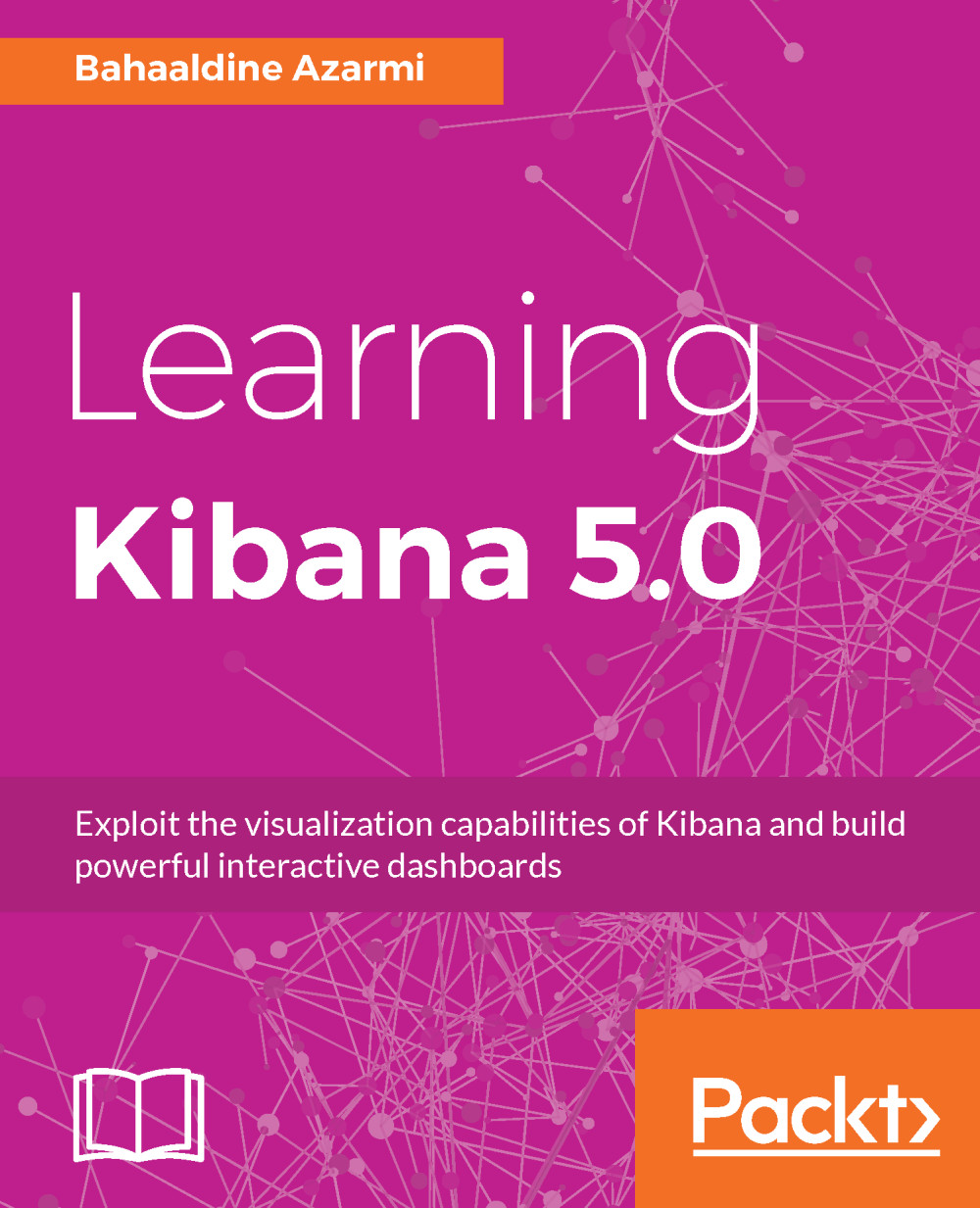-
Book Overview & Buying

-
Table Of Contents

Learning Kibana 5.0
By :

Learning Kibana 5.0
By:
Overview of this book
 Free Chapter
Free Chapter
 Sign In
Start Free Trial
Sign In
Start Free Trial

 Free Chapter
Free Chapter
At this point, you should have the Elastic Stack installed and be able to start creating dashboards and visualizations. We will focus on the logging analytics use case in this chapter and dig into two examples: the Paris accidentology, which gives insights into traffic accidents in Paris; and server logging analytics, which gives insights into traffic over an Apache server.
The main topics we are going to see in this chapter are:
As a quick introduction to this chapter, I would like to devote few lines to the following question: What is a log?
A log is an event that contains a timestamp and a description of the event itself. It is appended to a journal or log file sequentially, and in which all lines of logs are ordered based on the timestamp. As an example, here is an Apache server log:
83.149.9.216 - - [28...
Change the font size
Change margin width
Change background colour